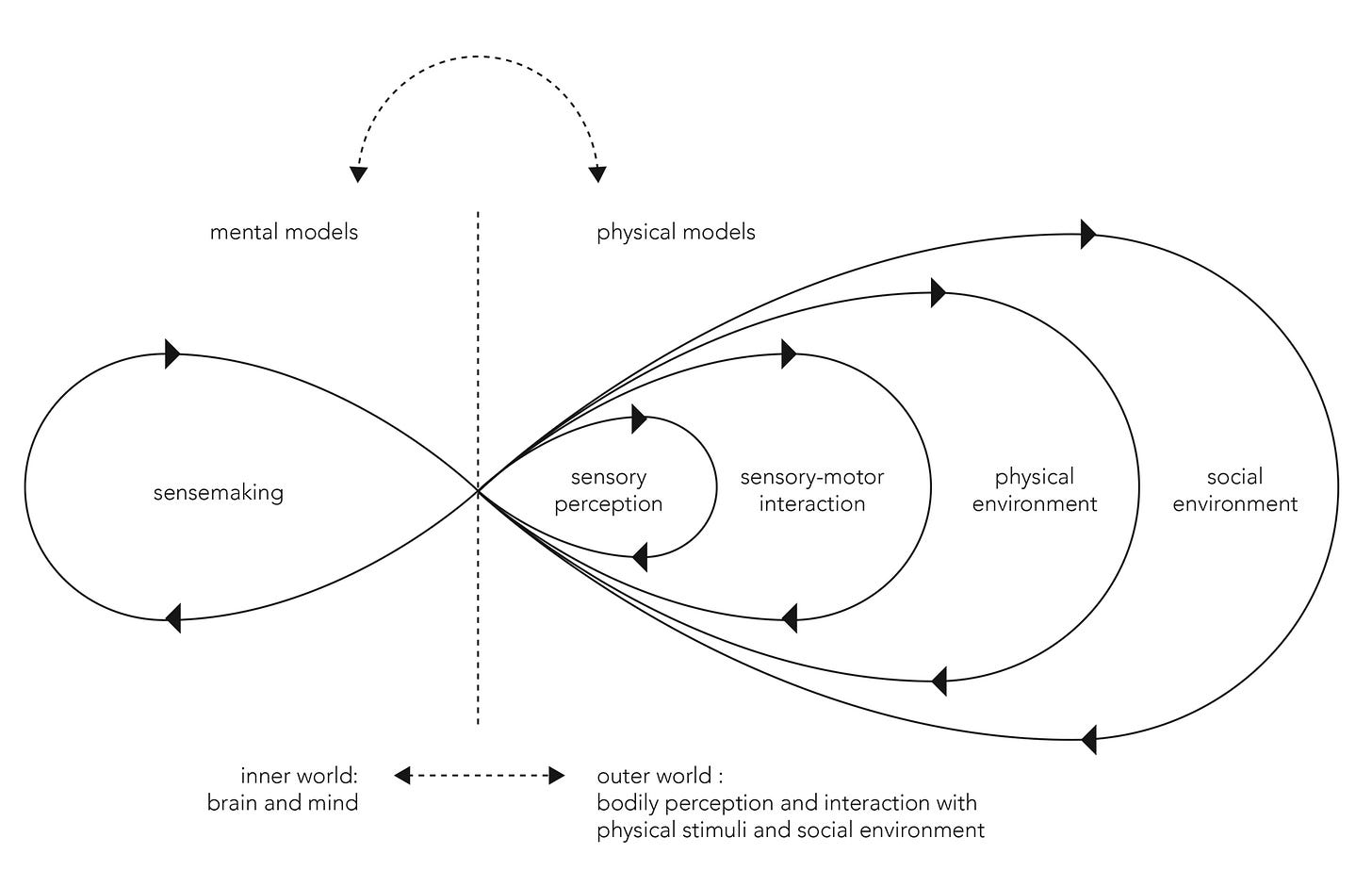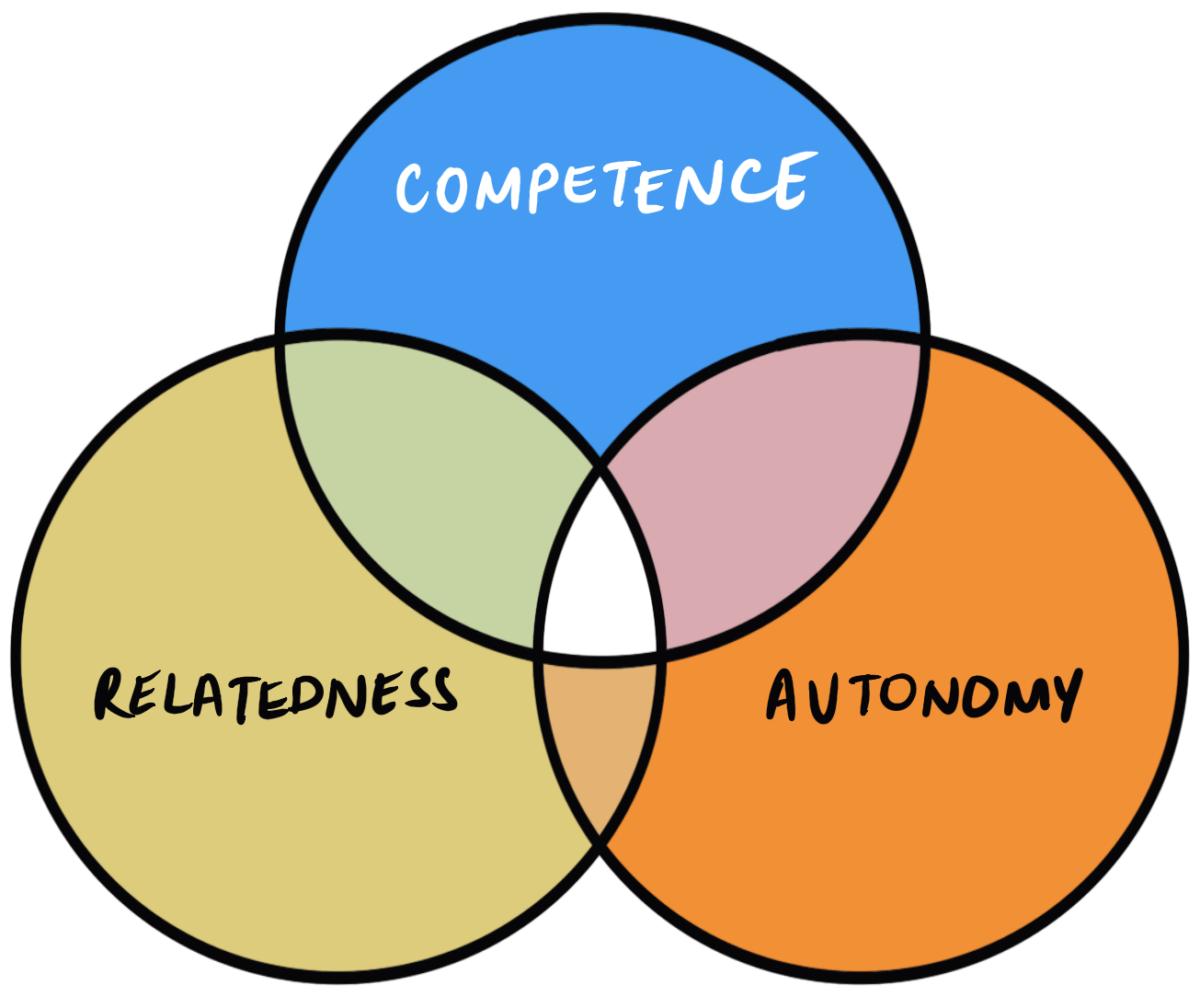5 Levers of Influence (4/5): Shared Goals
Why alignment isn't enough. Learn how digital leaders build shared goals that people actually care about, and follow through on.
This series of articles about influence started with the introduction to The 5 Levers of Influence, check it now:
So we have “The 5 Levers of Influence”:
Credibility: No one listens to noise. They follow competence and consistency.
Relationships: Influence spreads at the speed of trust.
Communication: You can't lead if your ideas don’t land.
Shared Goals: Influence is easier when people care about the same outcome.
Example: You can’t fake integrity. People watch what you do.
And today, we will dive deep into item number four on the list: Shared Goals.
If you’re not a subscriber, you can still grab DDL’s free guide Leading Better 1:1s. It’s packed with questions, feedback tips, and a simple roadmap for better 1:1s.
✅ Reflective questions (Quiet Leadership style)
✅ Feedback prompts (Radical Candor made practical)
✅ A simple step-by-step conversation roadmap
Why are you still alone, pushing this forward?
The plan looked solid. Tasks were clear. Deadlines confirmed. Everyone nodded in the meeting, maybe even added a thumbs-up on the slide.
But now, three days later, it feels like you’re the only one who remembers what was said.
Someone “didn’t have time yet.”
Someone else is “waiting for context.”
A third just replies with, “Remind me what the goal was again?”
And if you’re like most people leading without formal power, you start questioning yourself.
Did I miss something?
Was I not clear?
Do they not respect the work?
But deep down, you know it’s not about clarity. It’s about energy. It’s about shared motivation. Or better said, the lack of it.
And here’s the hard truth:
People don’t move because of agreements. They move because something matters to them. And most of the time, we skip that part.
We skip the part where the work becomes personal, where the outcome becomes shared. Where the goal actually feels like ours, not yours.
And that’s the reason so many digital leaders, project leads, and cross-functional managers find themselves doing emotional labor alone.
You carry the urgency, the context, the stress. While others watch, wait, or drift.
This part of the 5 Levers of Influence series is not about motivational posters or fluffy team values. It’s about something more important, and harder to see.
The difference between agreement and actual shared goals.
Let’s go into that… Because once you see how it breaks, you’ll start seeing how to build it.
And if you don’t build it, you’ll keep repeating the same pattern: alignment on the slide, disconnection in reality, and silence where you expected support.
So let’s get clear on one thing.
You don’t need everyone to love the plan.
You need them to care about the outcome.
And that changes how you lead.
The Myth of Alignment
“If the plan is logical and approved, people will follow.”
You’ve probably told yourself that before.
And it sounds reasonable enough.
You map the dependencies, clean up the backlog, get every stakeholder to sign off, maybe even do a nice little walk-through session. The logic checks out. The approvals are done.
And then… silence.
Or worse, delays.
You message someone about a deadline, and they reply, “Wait, is this still a priority?”
Another person forwards your Jira ticket to someone else, unsure if they were the right owner.
That tiny launch window you were aiming for? Gone.
Let me pause and say something honestly: if that’s happened to you, it doesn’t mean you’re bad at communication or that your team is broken.
This is one of those maddening experiences that happen over and over, especially when you’re leading without formal authority. Everyone says yes. But almost no one moves like they mean it.
And that’s the problem: we confuse agreement with commitment.
They’re not the same thing.
Agreement is easy. It happens on slides. It shows up in status docs. It sounds like “Makes sense,” or “Let’s go ahead.”
But commitment?
Commitment lives in people’s calendar blocks, in their follow-up messages, in the way they say no to other things to protect this one. And you only see that kind of energy when the goal becomes shared, not just assigned.
This is where science helps us see the problem clearly.
Much of what I write stands on the shoulders of people who’ve studied these things for decades.
If you care about building real influence, you should know their names too.
Let’s start with Victor Vroom, one of the quiet geniuses of motivation theory.
His Expectancy Theory (yes, the name is cold, but the insight is hot) tells us something simple: people don’t act just because the goal exists. They act when they believe their effort will lead to something they value.
That’s it. The whole chain depends on three fragile links:
Expectancy: Will my effort actually lead to performance?
Instrumentality: Will that performance lead to a reward or result?
Valence: Do I personally care about that result?
Break any of these, and you break the whole motivation loop.
And yet, in most teams, we skip right past these questions. We assume people are “on board” because they nodded.
We assume that because a goal makes sense to us, it must matter to them too.
It doesn’t.
This is where Daniel Pink helps, too. In Drive, he argues that motivation doesn’t come from compliance or pressure. It comes from autonomy, mastery, and purpose.
Now pause here. Think of your last initiative.
Were people given ownership, or were they just told what to do?
Did they feel like they were getting better at something?
Did they see how the outcome mattered to someone they care about?
If the answer is “not really,” then you had alignment on the outside… but emptiness underneath.
Shared goals are not defined by the Gantt chart. They’re defined by shared energy.
I want to bring in one more person here, Karl Weick, who studied how people actually make sense of work in fast-moving, high-stakes environments.
Karl Weick shared a story about a group of soldiers who got lost in the mountains during a blizzard.
Days passed. Then one of them found a map. That small moment changed everything. It gave them direction, courage, and a reason to move. They made it back to base. Only later did they realize the map was for a completely different region.
But that wasn’t the point. The map didn’t save them because it was accurate; it saved them because it helped them act.
And that’s the deeper lesson.
When things feel confusing or we’re stuck waiting for clarity, we don’t always need the perfect plan. We need movement.
It’s by stepping into the unknown that we start to make sense of it. That’s what sensemaking really is: acting first, then adjusting. Like those soldiers, leaders, and teams don’t get everything right from the start.
When things feel ambiguous, people don’t act based on plans. They act based on what makes sense in the moment, socially and emotionally.
So if you didn’t build shared meaning early, don’t expect the spreadsheet to hold when things get chaotic.
People follow what feels coherent and connected. Not what’s technically assigned.
That’s why smart people still misread what “alignment” means. They think it’s about structure. But alignment without commitment is just politeness. And politeness does not deliver work.
So let’s break the myth.
Shared goals are not declared. They’re built.
They’re built through small signals, personal relevance, visible trade-offs, and ongoing conversations. Not kickoffs. Not announcements.
And if you don’t build them, someone else’s priorities will win.
So next time someone says, “We’re all aligned,” stop and ask:
Aligned to what outcome, or to what priority?
Aligned in thought, or in energy?
Aligned because we said yes, or because we feel ownership?
Because there’s a big difference between someone understanding the goal and someone owning the goal.
People never work in a vacuum. They work in a web of values, tensions, goals, and trade-offs. And if you don’t give them a reason to care about yours, they’ll quietly shift their energy somewhere else.
A shared goal is something people protect, even when it’s inconvenient.
It’s the thing they bring up when nobody’s asking.
The thing they defend when priorities shift.
You don’t need to remind them.
They remind each other.
That’s how you know it’s shared. Not because they said yes, but because they act like it matters when it’s hard.
So, how do we get there?
The Mistake Most Leaders Make
One of the best ways to see this gap is with something called Self-Determination Theory.
It says motivation doesn’t come from being told what to do. It comes from three things:
Autonomy: Do I feel like I had a say in this?
Competence: Do I believe I can do it well?
Relatedness: Do I feel connected to the people I’m doing this with?
You can have the best-written plan in the world.
If people don’t feel ownership, confidence, and connection, they won’t care enough to follow through.
It doesn’t mean they’ll resist. It means they’ll drift.
This is how most teams lose energy without noticing. It’s not sabotage. It’s just distance.
They’re doing the work, but not the real work. They follow instructions but don’t challenge anything. They join the meeting but don’t prepare. They send the update but don’t push the initiative forward.
Not because they’re bad team members. But because the goal never felt like something that belonged to them.
So What Do Shared Goals Really Feel Like?
Shared goals create tension, but it’s the healthy kind.
The kind where people remind each other what matters.
Where someone says, “Wait, isn’t that going to hurt our timeline?” even if it’s not their task.
Where people stay after the meeting to help unblock someone.
These aren’t heroic behaviors. They’re signals. Quiet signals that the goal is now emotional, not just procedural.
And once that happens, leadership becomes easier. You stop needing to chase. You start getting pulled.
But to get there, you can’t just present the goal. You have to co-create it. Not with a fake workshop. Not with “Let’s align.” But with real questions like:
“What part of this work do you care about most?”
“What would make this meaningful for you?”
“What’s something you’d want to own here, not just complete?”
These questions change the tone. They shift the work from obligation to commitment. And the difference is everything.
Because until the goal matters to them, you’re carrying it alone.
How to Actually Create Shared Goals
(Even If You’re Not the One in Charge)
You don’t get to tell people what to care about.
You don’t control their priorities, their calendars, or the pressure coming from their actual manager.
That’s what makes this so frustrating.
You need progress. But people don’t owe you energy.
So, how do you lead anyway?
You create shared goals. Not with a speech, not with a deck, and definitely not with another RACI chart. You do it through behavior.
The way you invite people in, connect their work to something personal, and repeat what matters until it sticks.
This part is where influence becomes visible.
Because when goals are truly shared, they start to spread without you.
The team starts reminding each other. Momentum builds. Ownership stops feeling like a favor and starts feeling like the norm.
But none of that happens by default. You have to make it happen. And it starts with a simple idea:
People commit when the goal connects with their own story.
So your job is to help them see that story, even if you don’t have formal power.
Let’s make this practical in 5 killer steps?
Do you want to unlock many more systems to become a better leader? Subscribe now and get 20% off your first year
Paid subscribers unlock:
🔐 Weekly premium issues packed with frameworks and/or templates
🔐 Access to special toolkits (check the Starter Kit already available below)
🔐 Strategic guides on feedback, influence, and decision-making
🔐 Exclusive content on career growth, visibility, and leadership challenges
🔐 Full archive of every premium post
Plus, you get a Starter Kit when you subscribe, which includes:
🔓 Feedback & 1:1: Meeting Templates, Feedback Cheat Sheet, Conversation Scenarios
🔓 Stakeholder Management & Influence: Stakeholder Power Map, Expectation Tracker, Influence Playbook, Communication Templates, Conversation Planner
🔓 Weekly Planner: Weekly Planners A & B, Time Audit & Meeting Review, Start / Stop / Continue Reflection, Leadership Focus Reset, 33 Activities for Weekly Planning
Keep reading with a 7-day free trial
Subscribe to Decoding Digital Leadership to keep reading this post and get 7 days of free access to the full post archives.







![THEORY 28: VROOM'S EXPECTANCY THEORY - The Little Book of Big Management Theories [Book] THEORY 28: VROOM'S EXPECTANCY THEORY - The Little Book of Big Management Theories [Book]](https://substackcdn.com/image/fetch/w_1456,c_limit,f_auto,q_auto:good,fl_progressive:steep/https%3A%2F%2Fsubstack-post-media.s3.amazonaws.com%2Fpublic%2Fimages%2Fcd57e2e8-920c-4c0f-9bbc-2890dfa2514b_632x336.png)


